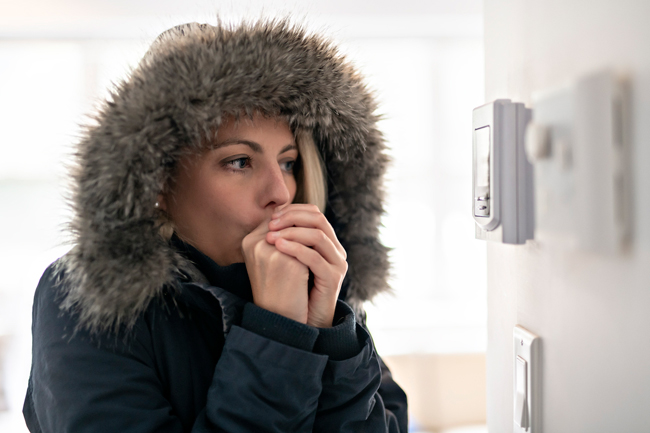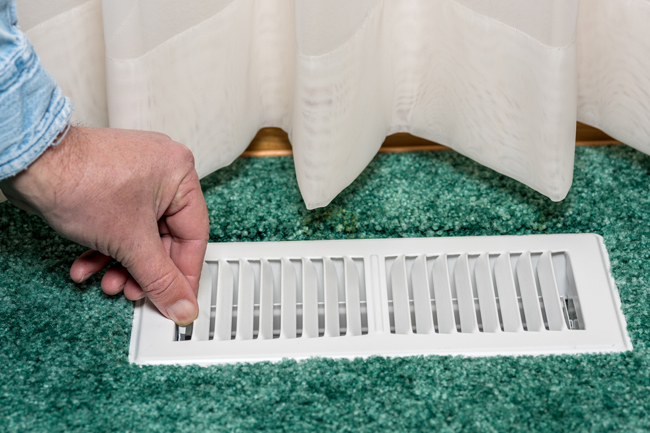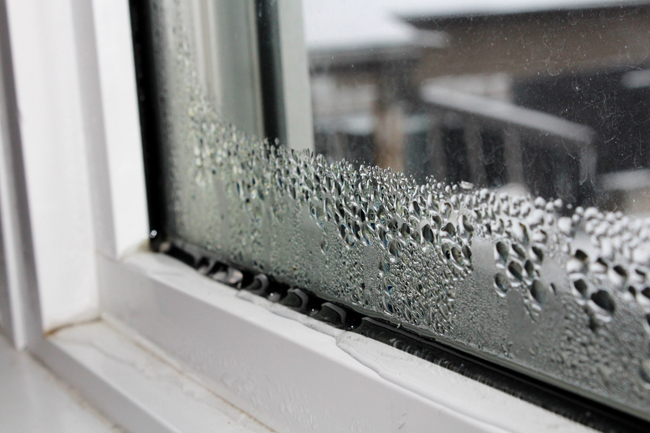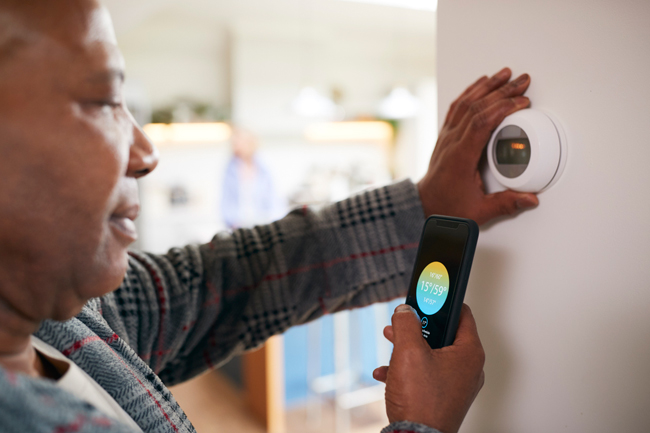This Common Home Heating Hack Will Waste More Energy (and Money!) Than It Saves
Keeping a house warm in cold weather can be costly, but shutting off vents in unused rooms could make it worse.
With the high cost of heating and cooling a home, it’s understandable to think that by closing off vents in some rooms, hot air will be redirected into the rooms with open vents. Unfortunately, it doesn’t work that way. AnHVAC unit(furnace, AC, or heat pump) is specifically sized to match the cubic feet of a home’s living space. No matter how many vents are open, the unit will run at the same power level. Keep reading to find out why closing vents could end up costing more than keeping them open.
The Pressure Problem
When the furnace kicks on, the blower forces hot air through the ductwork and out of the vents. When vents are closed, the air pressure builds up and increases the risk of duct leaks. Leaks in ducts result in the loss of heated or cooled air into the walls, which then leads to higher energy costs.
RELATED:Is Your Furnace Going to Survive the Winter?
System Strain
An HVAC unit draws in air and expels it, so a home’s ductwork is designed with both supply vents that deliver heated and cooled air to rooms as well as return-air vents that deliver air to the unit. When supply vents are closed in a room, it creates negative air pressure, so the HVAC unit has more difficulty drawing in air. This results in the HVAC motor working harder to draw in the air necessary for recirculation. The added strain on the HVAC unit can damage the heat exchanger when the furnace is running. Likewise, it can damage the HVAC’s compressor when the AC is running, leading to high repair costs and reducing the system’s useful life.
The Heat Sink Effect
When one room in the house is colder than the others, it acts like a heat sink, drawing heat through walls, floors, or ceilings from adjacent heated rooms. This in turn lowers the heated rooms’ temperature and triggers the furnace to run more often. When all vents are open and the heat distribution is uniform, it won’t result in a heat sink effect.
Mold Growth
Reduced air circulation in rooms with closed vents increases the risk of mold and mildew growth, especially if the home is in a humid region. The lower surface temperature in colder rooms increases the risk ofcondensationand moisture problems, giving mold a prime spot to start growing. Leaving the vents open will help keep everything dry and healthier.
RELATED:6 Signs You Need a New Furnace
Better Energy-Saving Options
While closing vents can be counterproductive, utility costs are still skyrocketing, and the average homeowner still needs to find ways to conserve energy and save money. The following tips can help reduce energy costs.
- Use a space heater: If you don’t want to heat the entire house, you’ll save money by lowering the thermostat a few degrees and using aspace heaterin the room you’re using.
- Switch to a smart thermostat: With today’s busy lifestyles, it’s easy to forget to turn down the heat before going to work, so the furnace ends up heating the house when no one is home. A smart thermostat, such as the Emerson Sensi Wi-Fi Thermostat (available from Amazon), can be programmed to turn the heat up or down from a smartphone. A homeowner can also configure it to use geofencing that detects when the homeowner leaves the house and automatically turns the heat down. Geofencing also senses when the homeowner is returning home (thanks to GPS) and turns the heat back up.
- Schedule an inspection:良好的空调单元energy-efficient. Finding and repairing duct leaks and replacing faulty system parts will help the unit run better and more efficiently. Having air ducts cleaned every few years will also help to keep your furnace shipshape.
RELATED:9 Furnace Troubleshooting Tips From the Pros










